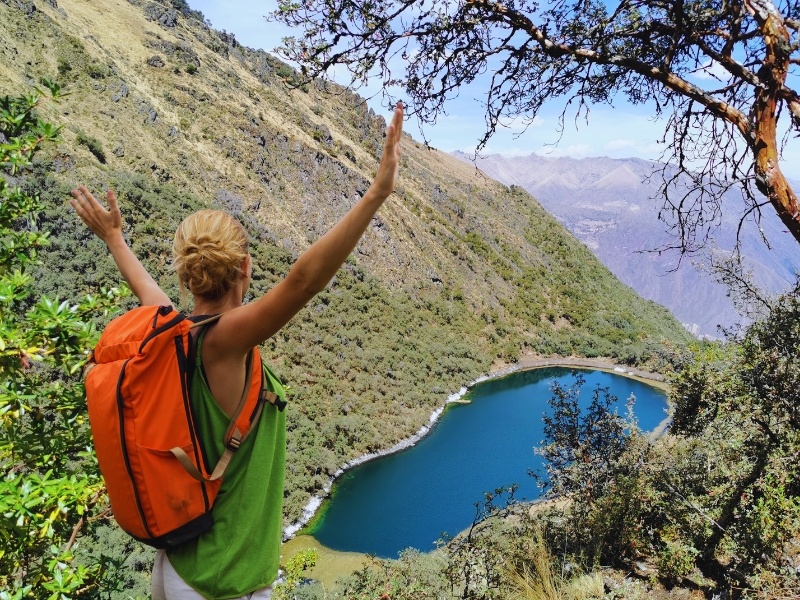
Take a preparation walk before starting the classic Inca trail to Machu Picchu. Explore mountain landscapes in the sacred valley of the Incas with your local guide. We have daily departures all year round.
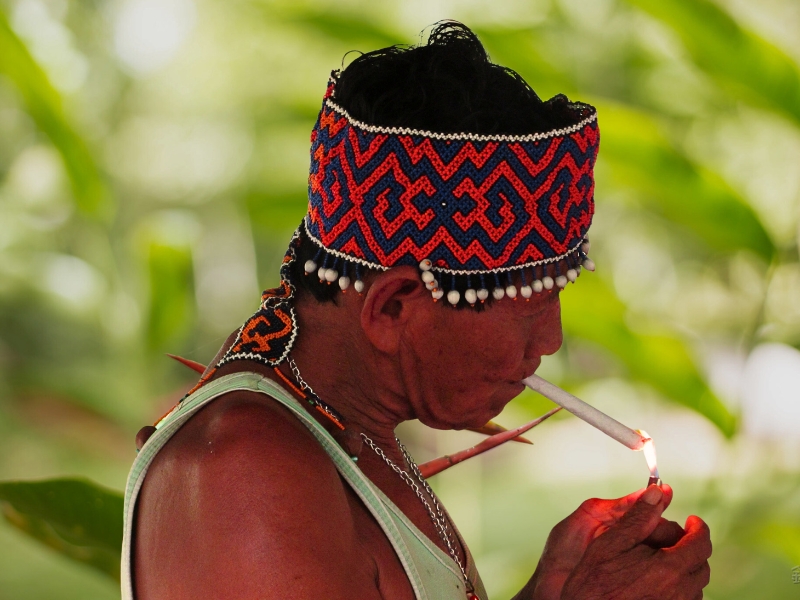
The ayahuasca ceremony is one of the most sacred, in the ethnic and cultural world of the tribes of the Amazon. In Peru we have good indigenous priests who will care for and treat your bodily and psychological ills with this sacred plant.

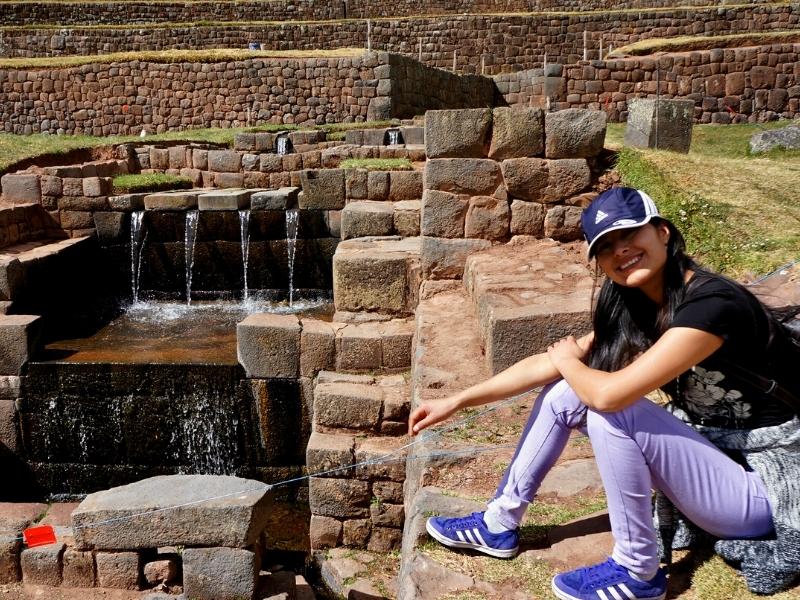
Explore the beautiful South Valley of Cusco, this circuit offers you to appreciate the hydraulic technology of the Incas, the ancient city of the Wari culture. The majestic Sistine Chapel of Andahuaylillas, in a half day tour with the best guides in Cusco.

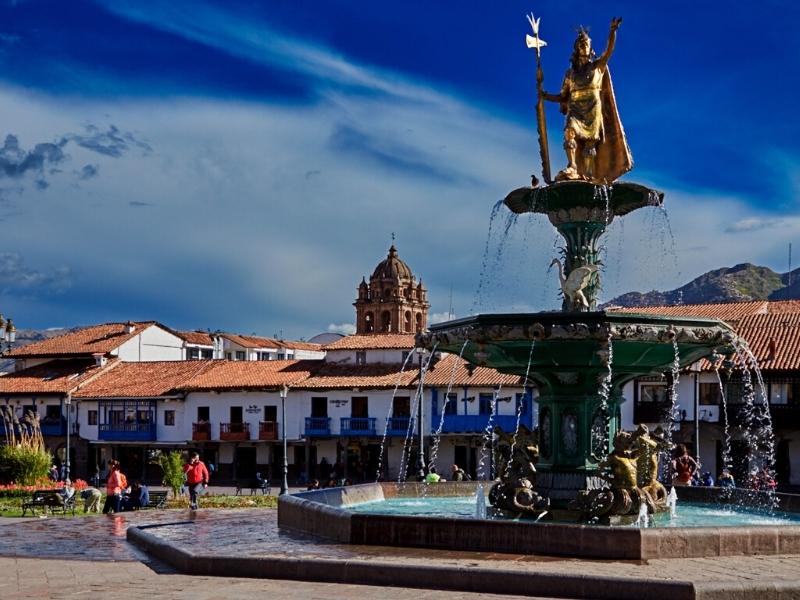
Cusco, the former capital of the Inca Empire, is one of the most fascinating cities in South America. Just walking through the city center you can see the incredible mix of Inca and colonial architecture, watch the merging of indigenous and Spanish influences, and feel the history that flows through every cobblestone street.

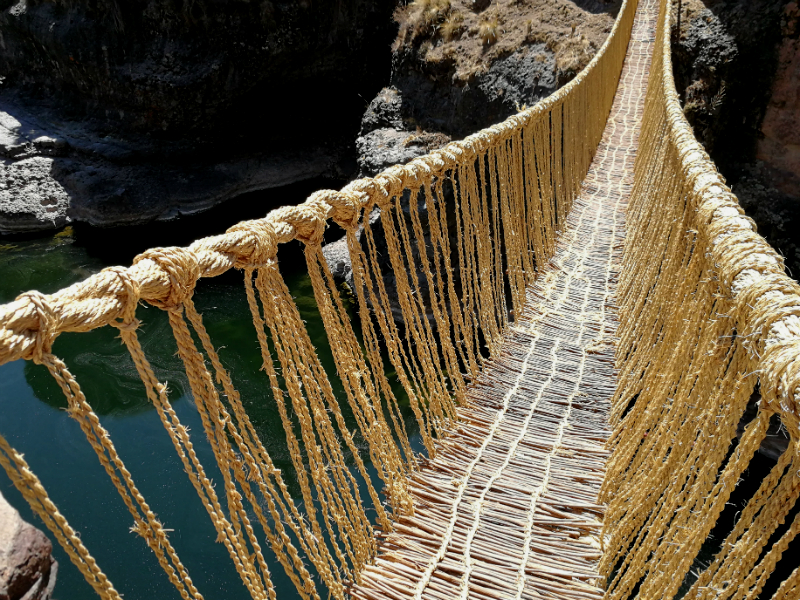
The tour to the last inca bridge in queswachaka and the temple of wiraqocha is a new route where you can discover unique places and less traveled. Cusco has many things for you, came and enjoy this beautiful inca sites.

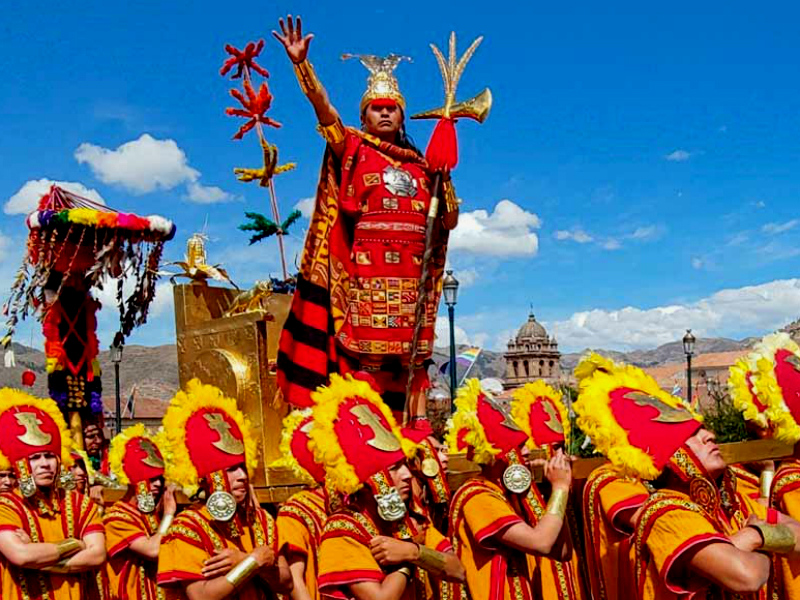
The Inti Raymi in Peru is a traditional religious festival of the most powerful god of the Inca civilization "Inti" (Sun). Each year on June 24th, The Inti Raymi festival is celebrated during the winter solstice. The festival is the most luxurious, large and colourful celebration performed in Cusco, like it was carried out on incas time.

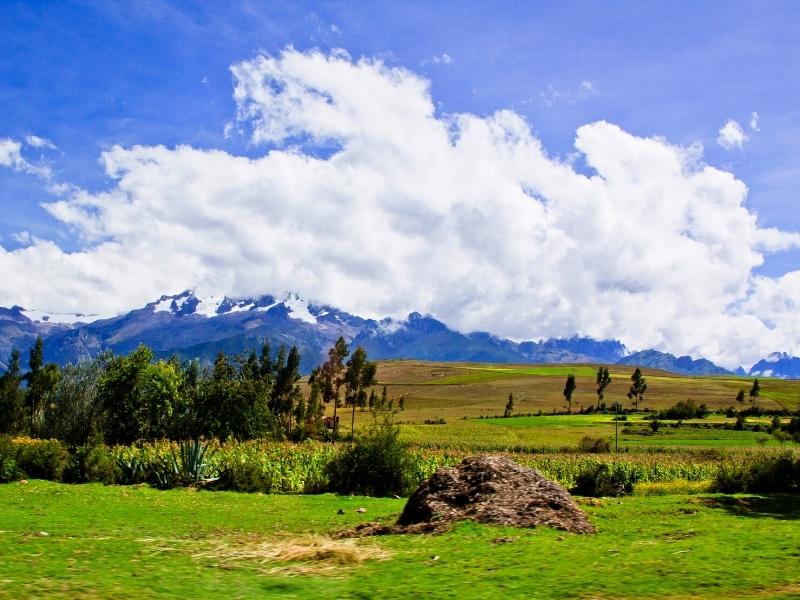
Explore the Sacred valley of the Incas, Visit the best archaeological remains of the Incas in Chinchero, Moray, Ollantaytambo and Pisac. Beautiful landscapes surrounded by snowy peaks and corn fields.

 LOCALLY INSPIRED, DELICIOUS FLAVOURS
LOCALLY INSPIRED, DELICIOUS FLAVOURS
 OUR PASSIONATE TOUR GUIDES
OUR PASSIONATE TOUR GUIDES
 YOUR SAFETY OUR PRIORITY
YOUR SAFETY OUR PRIORITY
 ENVIRONMENTAL SENSITIVITY
ENVIRONMENTAL SENSITIVITY
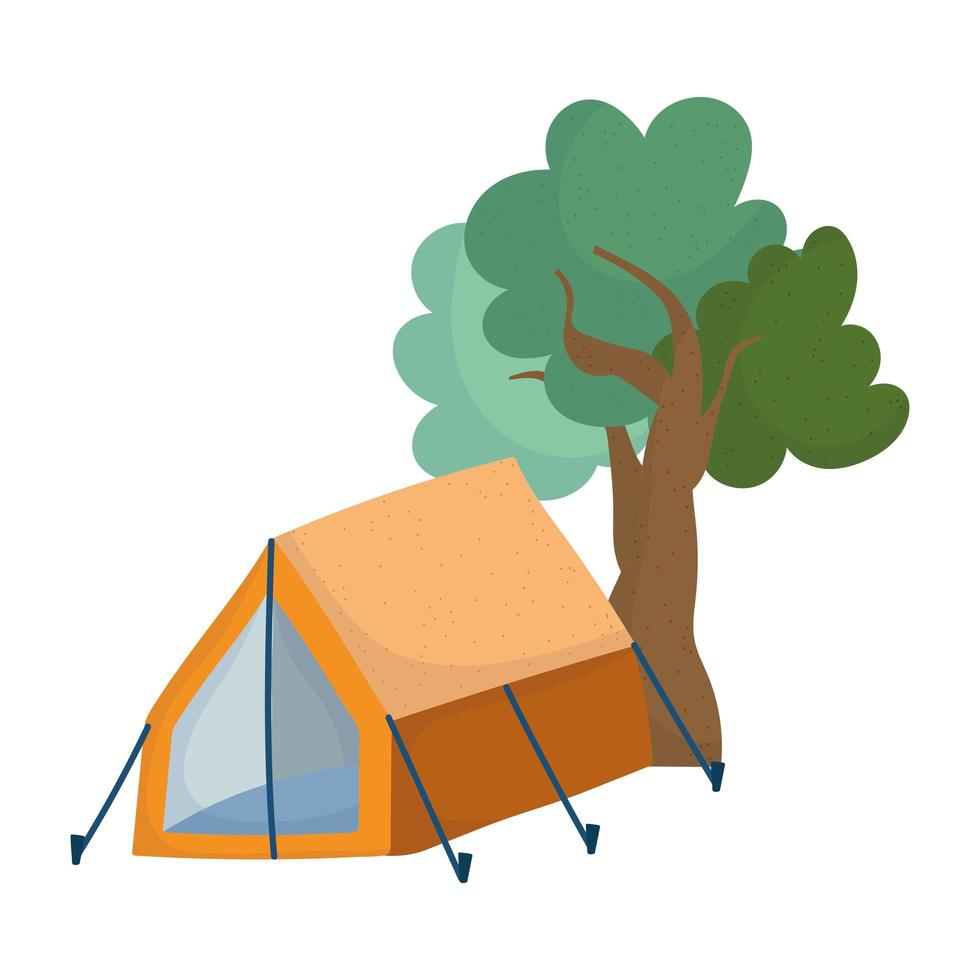 CAMPING EQUIPMENT
CAMPING EQUIPMENT
 SMALL GROUPS & BIG ADVENTURES
SMALL GROUPS & BIG ADVENTURES